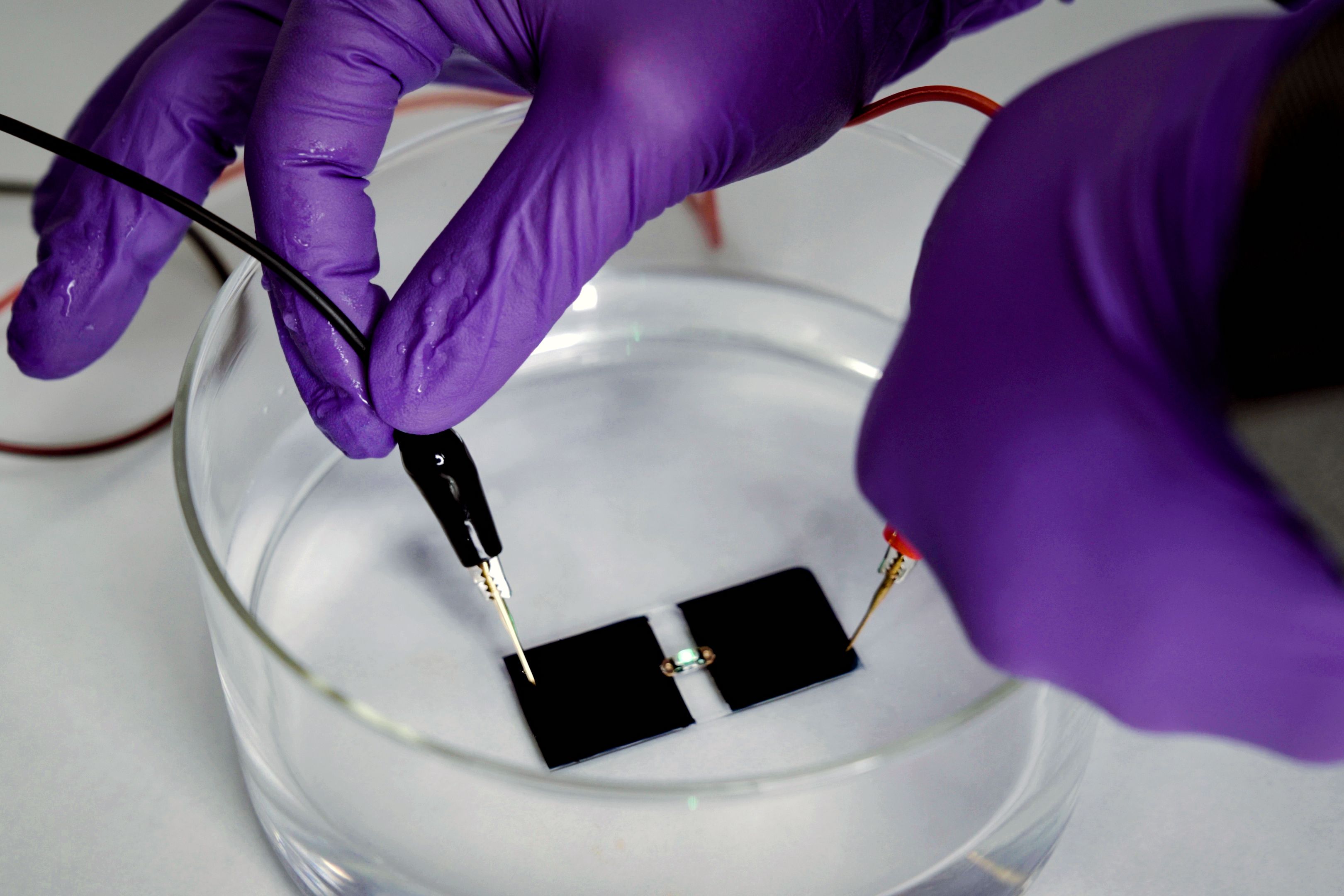Non-conductive material letters are essential components in various industries, particularly in electronics, construction, and manufacturing. These materials play a crucial role in ensuring safety and functionality in numerous applications. In this article, we will explore the significance of non-conductive materials, their properties, and their applications in different sectors.
The world of non-conductive materials is vast and complex, encompassing a wide range of substances that resist the flow of electrical current. Understanding these materials is vital for professionals in fields such as electrical engineering, architecture, and materials science. This article aims to provide an in-depth analysis of non-conductive materials and their implications for safety and innovation.
By the end of this article, readers will have a comprehensive understanding of non-conductive materials, their benefits, and their applications. Whether you are a professional seeking to enhance your knowledge or a curious individual wanting to learn more, this guide will serve as a valuable resource.
Table of Contents
- What are Non-Conductive Materials?
- Properties of Non-Conductive Materials
- Types of Non-Conductive Materials
- Applications of Non-Conductive Materials
- Advantages of Using Non-Conductive Materials
- Non-Conductive Materials in Electronics
- Future of Non-Conductive Materials
- Conclusion
What are Non-Conductive Materials?
Non-conductive materials, as the name implies, do not conduct electricity. These materials are vital in preventing electrical currents from passing through, which can help avoid short circuits and electrical fires. Non-conductive materials are used extensively in various applications to provide insulation and enhance safety.
Definition and Characteristics
Non-conductive materials are defined by their high resistivity, meaning they do not allow the flow of electric current. Some common characteristics include:
- High electrical resistivity
- Thermal insulation properties
- Resistance to corrosion and degradation
- Lightweight and easy to handle
Properties of Non-Conductive Materials
The effectiveness of non-conductive materials is determined by several key properties:
- Dielectric Strength: This property measures a material's ability to withstand electric stress without breaking down.
- Thermal Stability: Non-conductive materials must maintain their properties under varying temperature conditions.
- Mechanical Strength: The physical durability of a non-conductive material is essential for its application in demanding environments.
Types of Non-Conductive Materials
There are several types of non-conductive materials, each with unique properties and applications:
- Plastics: Commonly used for insulation in electrical components.
- Ceramics: Known for their high dielectric strength and thermal stability.
- Glass: Often used in high-voltage applications due to its excellent insulative properties.
- Rubber: Provides flexibility and durability, making it ideal for protective coverings.
Applications of Non-Conductive Materials
Non-conductive materials are utilized in various sectors, including:
- Electrical Engineering: Used as insulators in wiring and electrical components.
- Construction: Applied in building materials to prevent electrical hazards.
- Aerospace: Essential for insulating sensitive electronic equipment in aircraft.
Advantages of Using Non-Conductive Materials
The use of non-conductive materials offers several advantages, including:
- Enhanced safety and protection against electrical hazards.
- Improved efficiency in electrical systems.
- Longevity and durability of materials under various conditions.
Non-Conductive Materials in Electronics
In the electronics industry, non-conductive materials are critical for ensuring the reliability and safety of devices:
- Used in circuit boards to prevent short circuits.
- Essential for insulating components in smartphones and computers.
- Help maintain the performance of high-voltage equipment.
Future of Non-Conductive Materials
The future of non-conductive materials looks promising, with ongoing research focused on developing advanced materials with enhanced properties. Innovations in nanotechnology and composite materials are set to revolutionize the applications of non-conductive materials, making them even more effective and versatile.
Conclusion
In summary, non-conductive material letters are vital components in various industries, playing a crucial role in ensuring safety and functionality. Understanding the properties and applications of these materials is essential for professionals across multiple sectors. As technology advances, the development of new non-conductive materials will continue to enhance their effectiveness and broaden their applications.
We encourage readers to explore further on this topic and share their thoughts in the comments below. Don't forget to share this article with others who may find it informative, and check out more articles on our site for additional insights.
Thank you for reading, and we look forward to welcoming you back for more engaging content!
You Might Also Like
Best Time To Turn On Heating: A Comprehensive GuideKitty Kitty Kittens Recall: Everything You Need To Know
Cardamom Tea And Pregnancy: A Comprehensive Guide
Best Scratch Tickets To Buy In MA 2024
What Does WNL Stand For? Understanding The Meaning And Contexts
Article Recommendations


